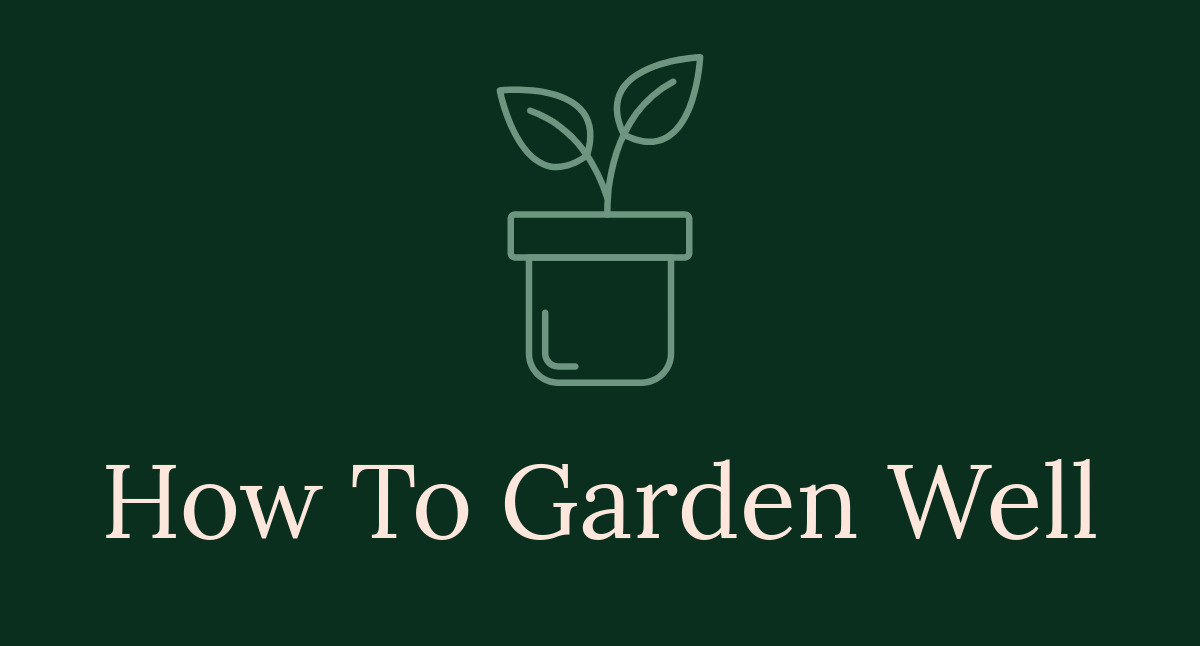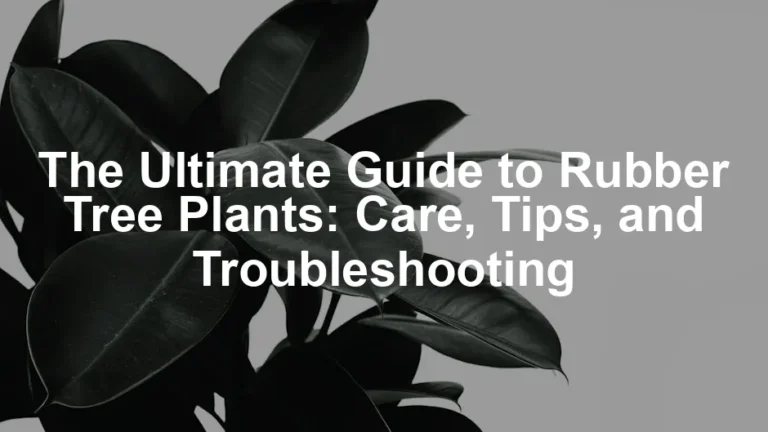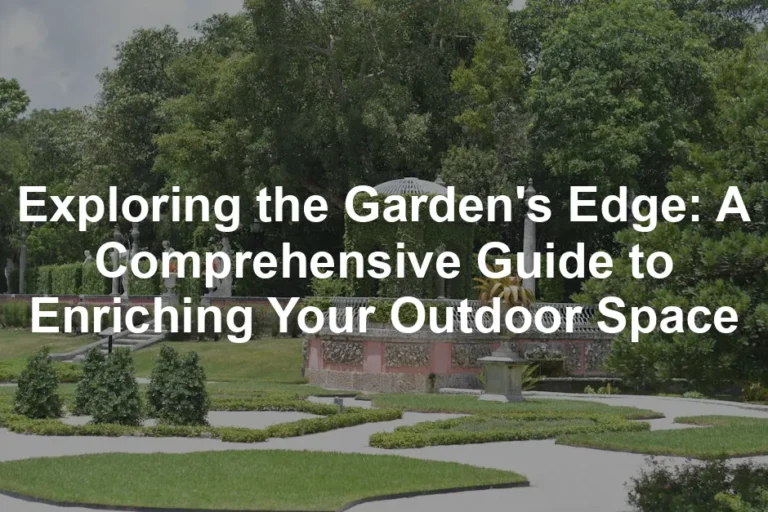
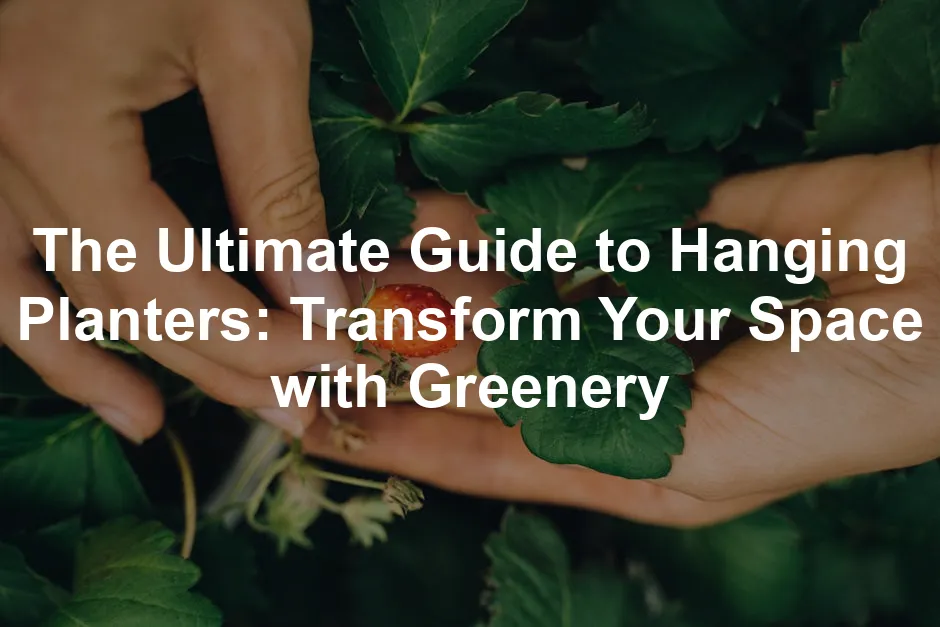
The Ultimate Guide to Hanging Planters: Transform Your Space with Greenery
Introduction
Hanging planters are becoming a beloved trend in home decor. They add a touch of greenery while saving space. Not only do they elevate aesthetics, but they also promote healthier plants. This guide covers everything you need to know about hanging planters, including types, benefits, and essential tips for choosing and caring for them.
Summary and Overview
Hanging planters are containers designed to suspend plants above ground. They play a vital role in modern gardening and interior design. These versatile planters can enhance both indoor and outdoor spaces, making them ideal for any environment.
One major advantage of hanging planters is their space-saving nature. By utilizing vertical space, they help to create vibrant displays even in smaller areas. Additionally, they enhance decor by adding color and texture, transforming plain walls into living art.
Hanging planters also contribute to improved air quality. Plants like ivy and ferns filter toxins, promoting a healthier atmosphere. You can choose from various styles, materials, and plant options to suit your personal taste. For those looking to start with a solid base, consider a Potting Soil Mix to ensure your plants thrive!
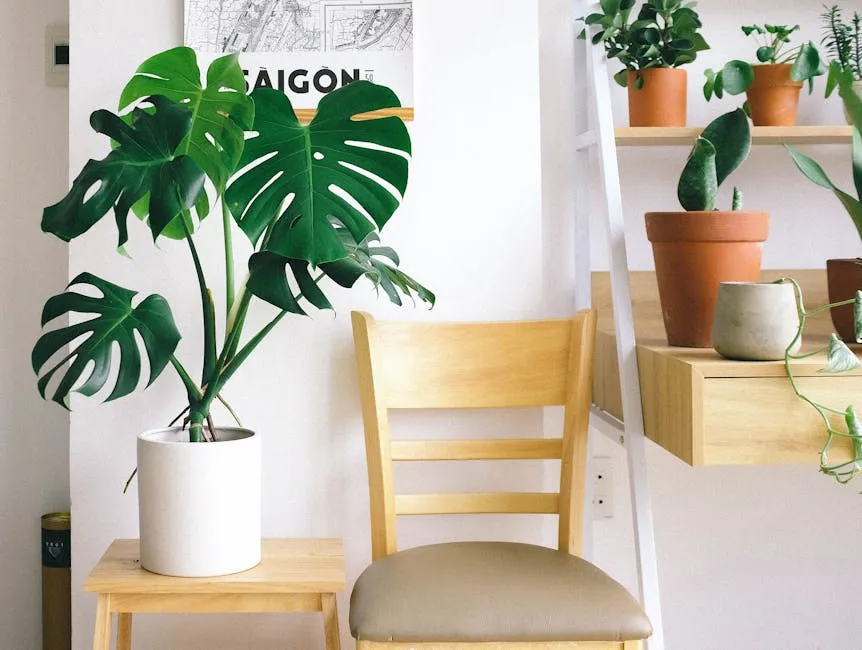
This article aims to educate readers on selecting, utilizing, and maintaining hanging planters, ensuring you can enjoy all their benefits while beautifying your space.
Benefits of Hanging Planters
Aesthetic Appeal
Hanging planters can instantly brighten up any space. They add a unique touch to your home, making walls come alive with color and texture. You can choose from various designs, such as rustic baskets, sleek metal pots, or vibrant ceramic options. Each style offers a different vibe, from bohemian to modern chic. Think about the theme of your room when selecting the perfect hanging planter. Pairing different sizes and shapes creates visual interest. Whether placed in a corner or above a window, these planters enhance your decor beautifully.
Space-Saving Solutions
Living in a small apartment? Hanging planters are your best friends! They maximize vertical space, giving you room for more plants. This clever use of space creates a lush atmosphere without cluttering surfaces. You can hang them in kitchens, bathrooms, or even on balconies. Perfect for city dwellers, they transform tight areas into vibrant green havens. Imagine a cascading row of plants, drawing the eye upward and making your space feel larger and more inviting. For those looking to add a stylish touch, check out a Hanging Planters Set that can complement your space!

Utilizing vertical space effectively can transform your outdoor areas. Explore vertical pallet gardening for small outdoor spaces for innovative ideas.
Improved Plant Health
Certain plants flourish in hanging conditions. Ferns, ivy, and spider plants are prime examples. They benefit from better air circulation and light exposure when elevated. According to studies, indoor plants can improve air quality significantly. For instance, having a few plants can reduce indoor pollutants by up to 87% in 24 hours. This means that hanging planters not only look good but also promote a healthier environment at home. If you’re keen on keeping your plants healthy, consider investing in a Plant Care Guide Book!
Versatility for Various Spaces
Hanging planters work well in many settings. Use them indoors in living rooms, kitchens, or offices for a fresh touch. Outdoors, they can adorn patios, balconies, and gardens. Popular plants include trailing vines for indoor charm or colorful flowers for outdoor vibrancy. You can even choose self-watering options for ease of care. Their adaptability makes hanging planters a fantastic choice for anyone looking to enhance their space with greenery.

Types of Hanging Planters
When it comes to hanging planters, the variety is vast. Understanding the different types can help you pick the right one for your space and style.
Material Types
Plastic
Plastic hanging planters are a popular choice. They are incredibly durable and lightweight, making them easy to hang. Plus, they come in a wide range of colors, allowing you to match them with your decor. These planters are especially ideal for outdoor use. They withstand weather elements without fading or cracking, ensuring your plants look good year-round. If you’re looking for a stylish yet practical option, check out these Plastic Hanging Planters.
Metal
Metal hanging planters offer both aesthetics and sturdiness. They often come in sleek designs that add a modern touch to your space. Many options are rust-resistant, which is crucial for outdoor settings. Consider choosing a metal planter if you want something that combines style with durability. They can elevate the look of any area while securely holding your favorite plants. Check out these Metal Hanging Planters for a chic upgrade!
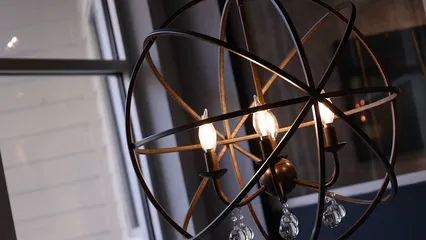
Natural Materials (e.g., wicker, coco)
Natural materials bring an eco-friendly aspect to hanging planters. Wicker and coco planters have an organic feel that complements various decor styles. They’re perfect for anyone looking to create a warm, inviting atmosphere. Additionally, natural materials often provide good drainage, which is essential for plant health. To explore some exquisite options, check out these Wicker Hanging Planters.
Style Choices
Traditional vs. Modern
When it comes to styles, traditional and modern designs offer contrasting vibes. Traditional planters often feature intricate details and classic shapes, making them timeless. On the other hand, modern planters emphasize clean lines and minimalist designs. This creates a sleek look that fits perfectly in contemporary spaces.
Bohemian and Rustic Styles
Bohemian and rustic styles embrace a more relaxed, natural aesthetic. Hanging planters in these styles often feature earthy colors and textures. They can include macramé hanging options or woven baskets. This makes them perfect for creating a cozy, boho-chic vibe in your home or garden. If you’re interested in macramé, consider getting a Macrame Plant Hanger to enhance that aesthetic!
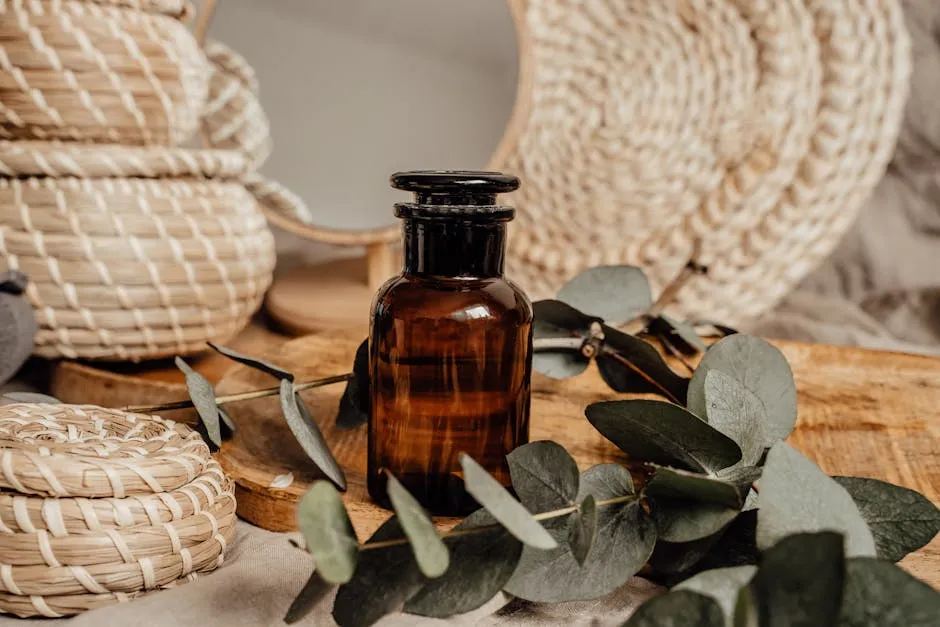
Geometric and Minimalist
Geometric and minimalist planters are trending in modern design. They focus on simple shapes and bold colors, making a striking statement. These planters often fit seamlessly into modern decor, giving your space a polished look. If you enjoy contemporary art or design, incorporating these styles can enhance your home’s overall aesthetic. Check out these Geometric Hanging Planters for a striking look!
Choosing the right hanging planter involves understanding materials and styles. By considering these factors, you can create a beautiful, cohesive look in your space.
How to Choose the Right Hanging Planter
Choosing the right hanging planter can be a delightful experience. With a bit of knowledge, you’ll find the perfect fit for your plants and space.
Consider the Plant Type
First, think about the plants you want to display. Some plants thrive in hanging planters, making them excellent choices. Trailing plants like pothos, ivy, and string of pearls are ideal. They drape beautifully, creating a lovely cascade. Ferns and spider plants also do well, as they enjoy the air circulation that hanging planters provide. Be sure to consider the light requirements of each plant. Some need bright, indirect light, while others can thrive in lower light conditions. Picking the right plant ensures a vibrant and healthy display. To help you choose the right plants, consider a Indoor Herb Garden Kit for fresh herbs right at your fingertips!

Size and Weight
Next, consider size and weight. The planter should complement your space without overwhelming it. Measure the area where you plan to hang it. A larger planter can become a focal point, while smaller ones can fill in gaps. Pay attention to the weight of the planter, especially when filled with soil and plants. Ensure your hanging mechanism can support the weight. Lightweight materials like plastic are great for those who want flexibility. On the other hand, metal or ceramic options provide sturdiness but might be heavier. To ensure you have the right setup, consider using Hanging Planter Hooks to secure your planters safely!
Hanging Mechanism
Wall-mounted vs. Ceiling-mounted
Now, let’s discuss hanging mechanisms. Wall-mounted planters attach directly to your walls, saving floor space. They’re great for creating a vertical garden effect in tight areas. However, they may limit plant height. Ceiling-mounted planters, on the other hand, offer more versatility. They can hang lower or higher, depending on your preference. This option allows for more dramatic displays. Consider the layout of your room when deciding which is best. If you’re looking for an easy-to-mount option, a Wall-Mounted Planter might be just what you need!
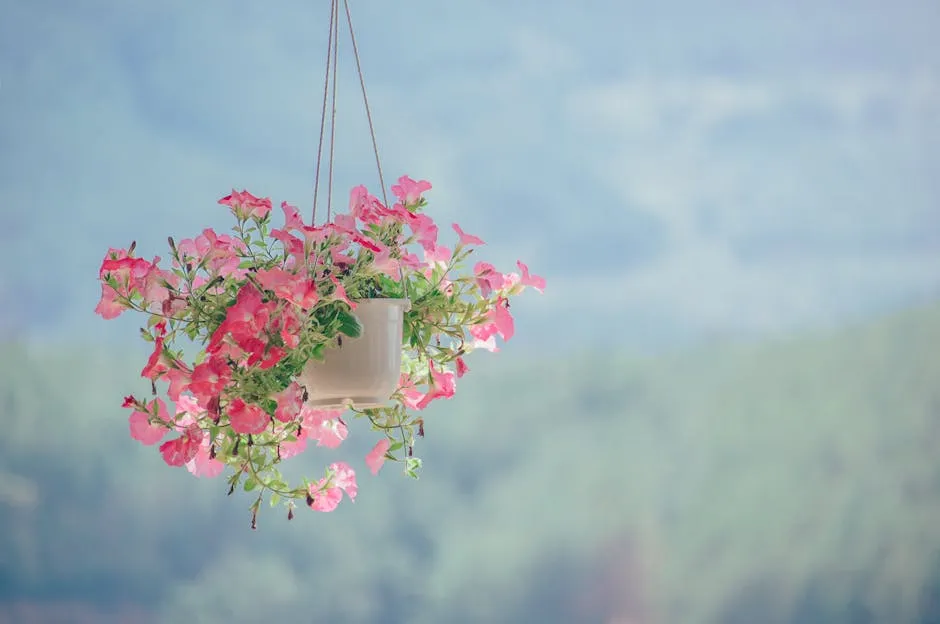
Self-watering Planters
Finally, think about self-watering planters. These planters feature built-in reservoirs that keep soil moisture consistent. This is especially beneficial for busy individuals or those new to gardening. With self-watering systems, your plants receive adequate hydration, minimizing the risk of overwatering. It’s a simple way to ensure your hanging plants thrive without constant attention. For more information on maintaining self-watering gardens, refer to our seasonal maintenance tips for self-watering container gardens in fall 2024 here.
For busy gardeners, self-watering planters are a game-changer. Learn about seasonal maintenance tips for self-watering container gardens to keep your plants thriving.
Tips for Planting and Care
Planting and caring for your hanging planters can be straightforward with the right approach.
Planting Guidelines
When planting in hanging planters, start with quality potting soil. Use a mix suitable for your plant types. If you’re planting multiple plants, consider layering. Place larger plants at the bottom, followed by smaller ones. This arrangement allows for proper light and air circulation. Don’t forget to add a layer of small stones at the bottom for drainage. This helps prevent root rot and keeps your plants healthy. Consider using Decorative Rocks for Planters to add a stylish touch!
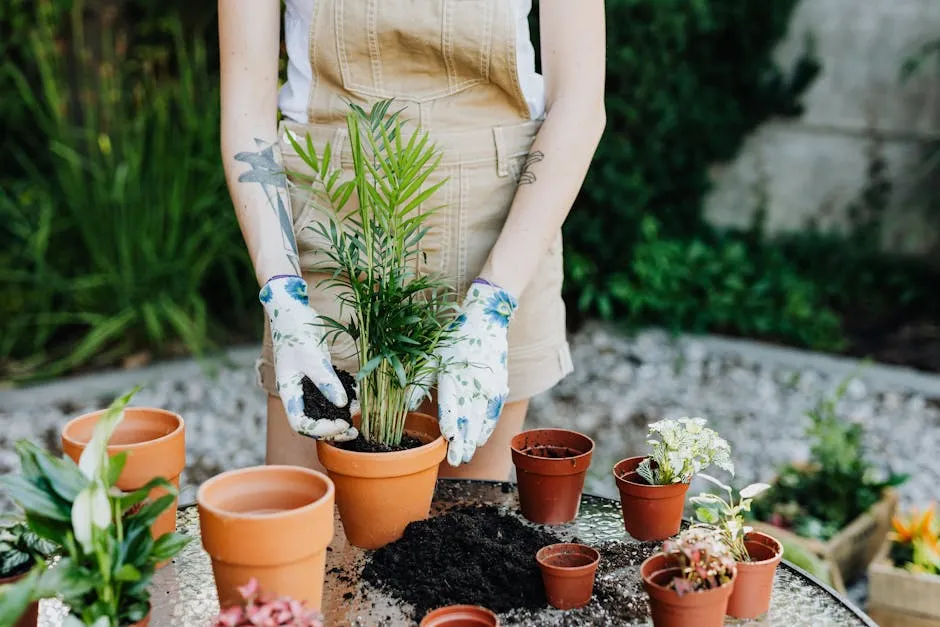
Watering and Drainage
Proper watering and drainage are crucial. Ensure your hanging planter has drainage holes to allow excess water to escape. Overwatering is a common mistake. Check the soil moisture by sticking your finger in the soil. If it feels dry an inch down, it’s time to water. For self-watering planters, monitor the water level in the reservoir. This ensures your plants get hydrated without the risk of soggy soil.
Maintenance Tips
Regular maintenance keeps your plants thriving. Dust leaves occasionally to allow for optimal light absorption. Prune any dead or yellowing leaves to encourage new growth. Seasonal changes are also important. During winter, some plants may need less water and light. Conversely, in summer, ensure they get enough hydration. For outdoor hanging planters, protect them from harsh weather conditions by moving them indoors during storms or extreme temperatures. To help with maintaining your plants, consider a Plant Watering Can that makes watering a breeze!
With these tips, you’ll be well on your way to enjoying a vibrant hanging planter display!

Creative Ideas for Using Hanging Planters
Indoor Decor
Transform your living space with hanging planters. In the living room, consider a cluster of trailing plants like pothos above your sofa. They create a relaxed vibe and draw the eye upward. For the kitchen, small herbs in hanging pots can be both functional and decorative. Imagine fresh basil or mint swaying gently while you cook. In the bathroom, a fern or spider plant can thrive in humidity, adding a refreshing touch. These plants can soften harsh lines and bring life to your personal oasis.
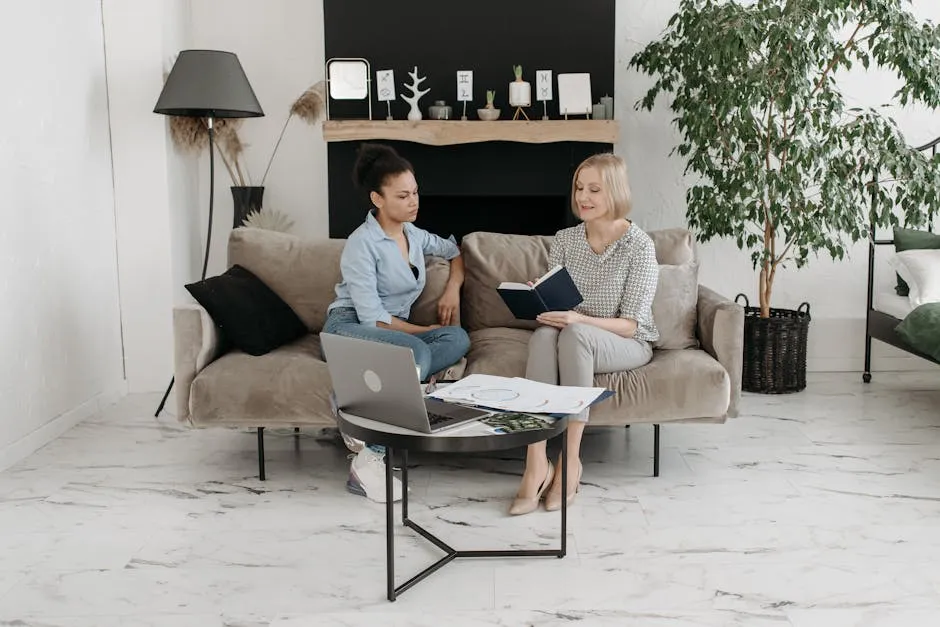
Outdoor Spaces
Elevate your outdoor areas with hanging planters. On balconies, colorful flowers in various heights can create a stunning display. Mix trailing plants with vibrant blooms for a layered look. Patios benefit from larger planters, filled with cascading vines or ferns. Place them near seating areas for an inviting feel. In the garden, hang planters from trees or hooks to add dimension. Consider using self-watering options for easy maintenance, especially during hot months. For more ideas on maximizing your outdoor spaces, check out our post on vertical pallet gardening.
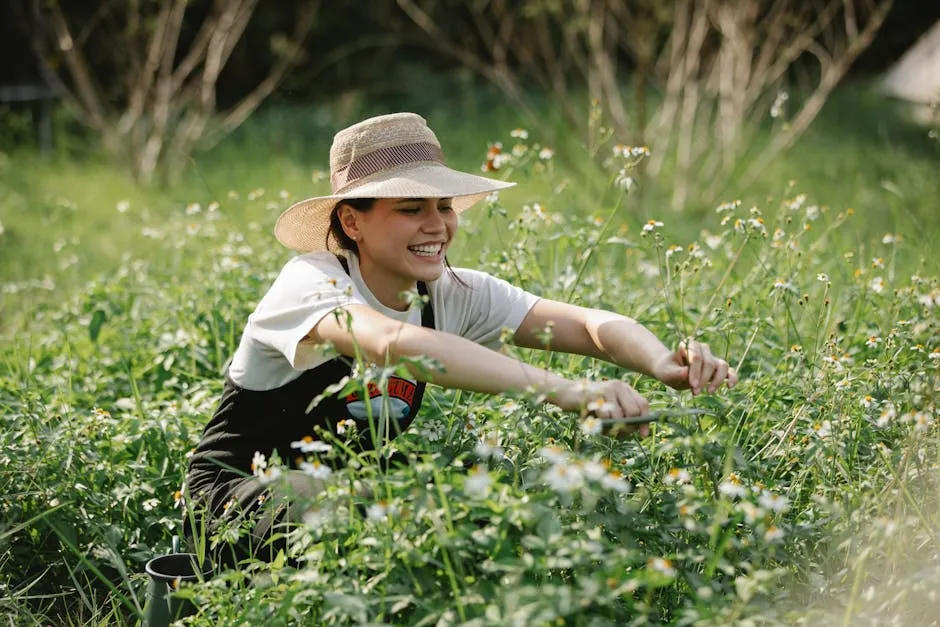
Enhancing your outdoor spaces can be easy with creative gardening ideas. Explore vertical pallet gardening for small outdoor spaces to make the most of your area.
Special Occasions
Hanging planters can add charm to special events. For weddings, arrange floral displays in hanging pots to create a romantic atmosphere. You can suspend them from branches or beams for a whimsical effect. At parties, use colorful planters filled with seasonal flowers as centerpieces. They not only beautify your space but also spark conversation. Whether it’s a birthday or an anniversary, hanging planters can elevate any celebration. If you’re looking for additional decor options, consider adding Home Decor Wall Art for a complete look!
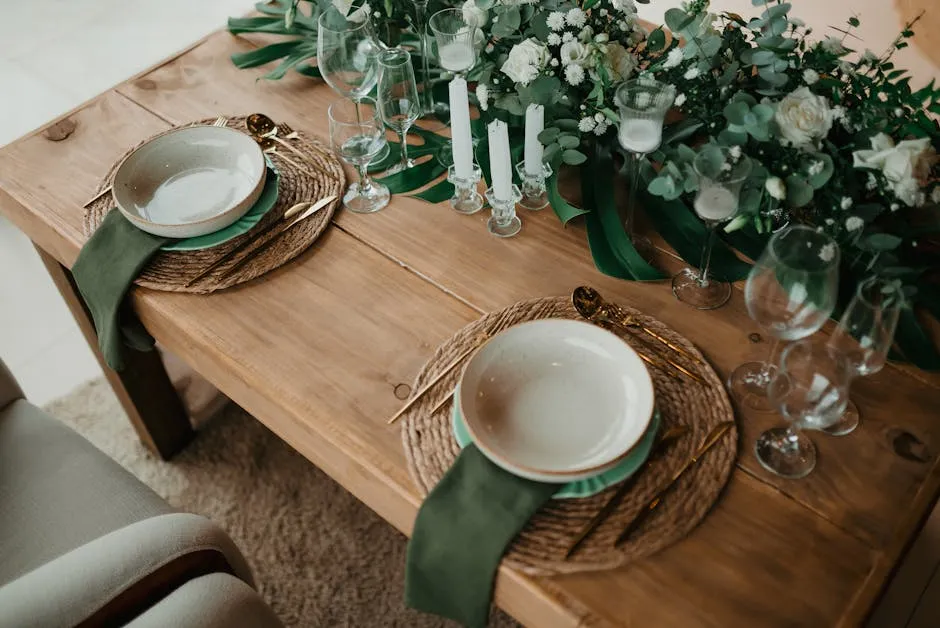
Conclusion
Hanging planters are a fantastic way to enhance your spaces. They bring life and color to both indoor and outdoor environments. Remember to experiment with different styles, plants, and placements to find what suits you best. With creativity, you can transform any area into a green sanctuary. So why not try it out? Your space deserves a touch of greenery!
FAQs
What types of plants can I grow in hanging planters?
You can grow many plants in hanging planters. Ferns, ivy, and spider plants thrive well in these settings. Trailing plants, like string of pearls and pothos, add a beautiful touch. Herbs, like basil and mint, also do great indoors.
How do I prevent my hanging planters from falling?
Secure installation is key. Use sturdy hooks or brackets that can support the weight. Always check the weight limit of your hanging planters and avoid overloading them. Regularly inspect the hanging mechanism for wear and tear to ensure safety.
Are there any specific care tips for outdoor hanging planters?
Consider the weather when caring for outdoor hanging planters. In extreme heat, ensure they receive enough water. Protect delicate plants from frost during colder months. Choose hardy plants that can withstand local climate conditions for best results.
Can I use hanging planters indoors?
Absolutely! Hanging planters work wonderfully indoors. They save space and add visual interest. You can use them in any room, from kitchens to bedrooms, to bring a touch of nature inside.
What are the best materials for outdoor hanging planters?
For outdoor use, materials like plastic and metal are ideal. Plastic is lightweight and durable, while metal offers a modern aesthetic. Look for rust-resistant options to ensure longevity. Natural materials, like wicker, also work well but may require more maintenance.
How do I choose the right hanging planter for my decor style?
Match your hanging planter to your home’s style. If you prefer modern decor, opt for geometric shapes in metal or ceramic. For a rustic look, consider natural materials with earthy tones. Always think about how the planter will complement your existing decor.
Do hanging planters require special watering techniques?
Hanging planters do have different watering needs. Ensure they have proper drainage to prevent root rot. Check soil moisture regularly. Self-watering planters can help maintain moisture levels without frequent attention.
Please let us know what you think about our content by leaving a comment down below!
Thank you for reading till here 🙂
All images from Pexels
